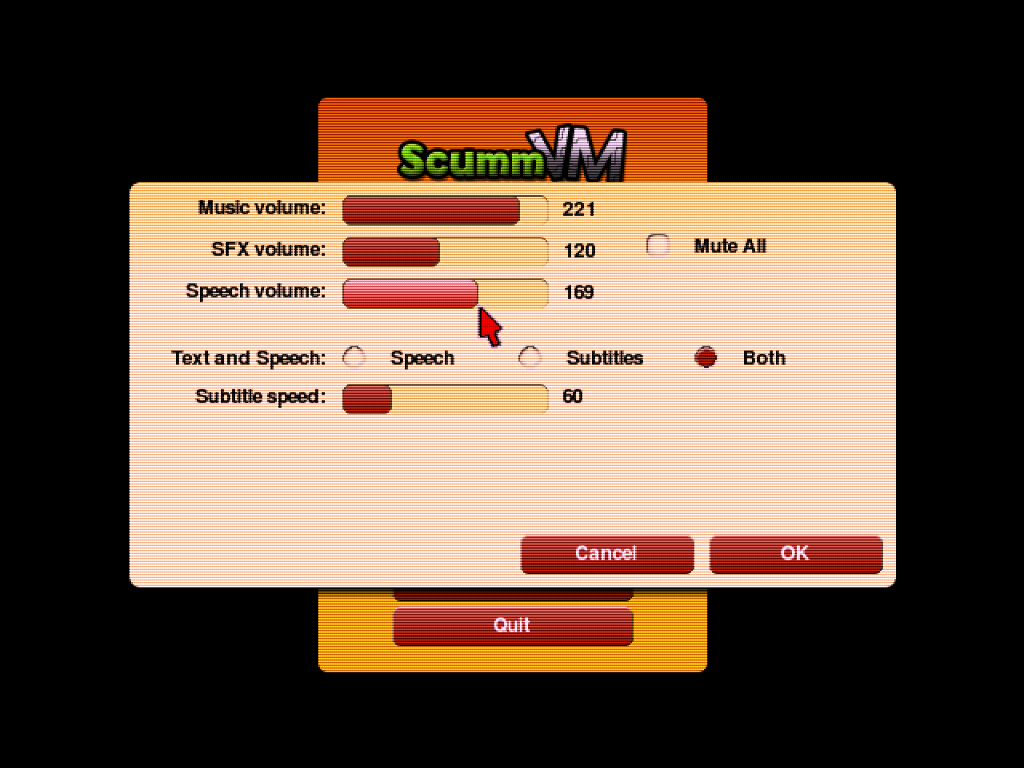
Steeped in references to the occult and supernatural, the game was intended to be more serious, until Ron Gilbert convinced project lead David Fox to double down on the humor. The follow-up to Maniac Mansion, Zak McKracken featured the titular tabloid reporter hero attempting to defeat an evil alien cabal that had taken over the world’s telecommunications. Zak McKracken and the Alien Mindbenders (1988)

The game was a massive success and proved SCUMM would work, setting the groundwork for a new wave of adventure games that would leave typing behind in favor of pointing and clicking. The game’s non-linear progression allowed for players to find their own path through the game via six different playable characters, each with different skills. The SCUMM engine’s namesake title, Maniac Mansion follows six teens attempting to rescue a kidnapped girlfriend from a mad scientist whose mind is being controlled by a sentient asteroid. Led by gaming visionaries such as Ron Gilbert and Tim Schafer, LucasArts had one of the all-time great runs in gaming throughout the ’80s and ’90s, creating 12 classic adventure games all based on the SCUMM engine. More importantly, it was the delivery device for some of the funniest, most charismatic characters games had ever seen at the time. It was a game engine/programming language hybrid that allowed for the easier creation of visual adventure games. So what’s SCUMM? An abbreviation for Script Creation Utility for Maniac Mansion.

In honor of both the Day of the Tentacle: Remastered and Ron Gilbert’s upcoming Thimbleweed Park, we’re taking a look back at the games of the SCUMM engine.


 0 kommentar(er)
0 kommentar(er)
